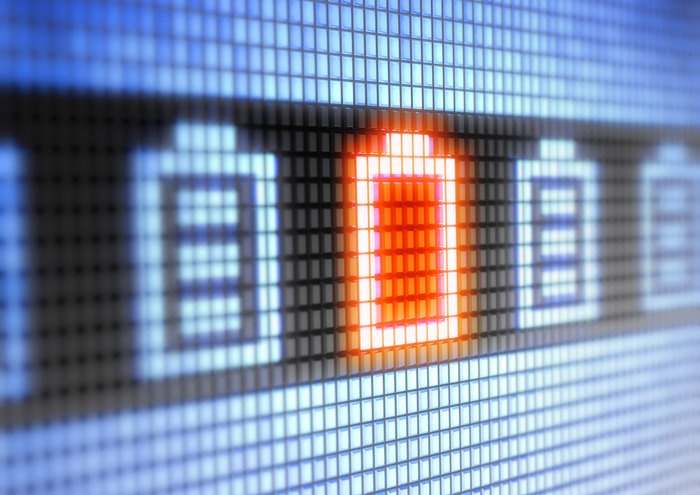
Today’s emergency responders have a wealth of technology available to them, enabling them to provide the highest level of service to their patients. Cardiac monitors not only assess heart rhythms and rates, but also gauge a patient’s blood pressure and oxygen saturation; airway adjuncts that can administer 100% oxygen to those suffering from trauma or hypoxia; and an array of medications to treat just about any type of medical emergency.
And chief among those imperative lifesaving tools are portable suction units. These modern machines are lightweight, powerful, and effective for removing everything from blood to vomit to foreign bodies. But like any piece of equipment, it is your responsibility to keep it properly maintained. So here are three best practices for ensuring your unit will be ready when you need it:
Keep It Ready
Most portable suction units rely on battery power, so be sure your batteries are up to the challenge. Here are a few tips:
- Always check your batteries at the beginning of each shift and after each use
- Test your batteries every few months (manufacturer’s guidelines) and replace if necessary
- Be sure the power cord is attached and check indicator lights
- Disconnect the unit from the power cord
- Turn the unit on and test for a vacuum by occluding the canister
- Run the unit for fifteen minutes, monitoring the battery indicator lights
- If the lights indicate low power, it may be time to replace the batteries
- Turn unit off and recharge the batteries so the unit is ready to go
- Ensure that all parts of the unit are attached and in good working condition
Keep It Clean
Portable suction units are inherently at risk for transmitting dangerous pathogens. It is your job to ensure your unit is kept free of harmful contagions. Here are a few reminders:
- Sanitize the unit after each use
- Never reuse disposable parts, including the canister, patient tubing, and catheters.
- Always dispose of biohazardous materials properly
- Use a mild detergent to clean the unit, preferably a mixture of bleach and water (1 part bleach/10 parts water)
- To disinfect the mechanics of the unit, refer to manufacturer guidelines
- Never submerge your suction unit – it will damage the electronics
Keep It Close
No matter how well you maintain your equipment, it is no good to you if you leave it sitting on the truck. Here are a few things to keep in mind:
- ALWAYS have your portable suction unit on hand for any potential respiratory emergency, including:
- Cardiac
- Trauma
- Pediatrics
- Decreased LOC
- Choose a unit that is portable, powerful, and reliable
- Be familiar with your unit
For today’s emergency responders, the tools and technology have never been as advanced and the potential to save lives, never greater. Your portable suction unit is a key weapon in your medical arsenal, so make sure it is ready, clean, and close at hand.














